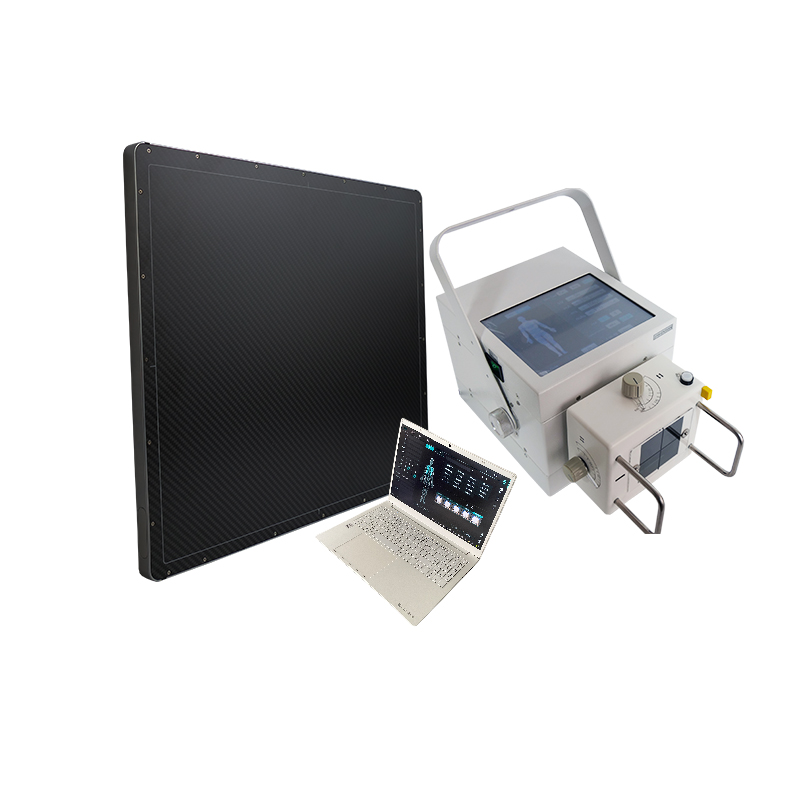When it comes to medical imaging, two common technologies used are flat panel detectors and image intensifiers. Both of these technologies are used to capture and enhance images for diagnostic purposes, but they do so in different ways.
Flat panel detectors are a type of digital radiography technology that is used to capture X-ray images. They consist of a thin, flat panel that contains a grid of pixels and a scintillator layer. When X-rays pass through the body and interact with the scintillator, it emits light, which is then converted into an electrical signal by the pixels. This signal is then processed and used to create a digital image.
On the other hand, image intensifiers are used in fluoroscopy, a technique that allows real-time imaging of moving body parts. Image intensifiers work by amplifying the light that is produced when X-rays interact with a phosphor screen. The amplified light is then captured by a camera and processed to create an image.
One of the main differences between flat panel detectors and image intensifiers is the way in which they capture and process images. Flat panel detectors are digital and produce high-resolution images that are suitable for both static and dynamic imaging. Image intensifiers, on the other hand, produce analog images that are typically lower in resolution and are more suitable for real-time imaging.
Another difference between the two technologies is their sensitivity to X-rays. Flat panel detectors are more sensitive to X-rays, allowing for lower radiation doses to be used during imaging. This is particularly important in pediatric and interventional procedures, where minimizing radiation exposure is crucial. Image intensifiers, while still capable of producing high-quality images, typically require higher radiation doses.
In terms of size and portability, flat panel detectors are typically larger and less portable than image intensifiers. This is because flat panel detectors contain a larger surface area to capture images, whereas image intensifiers are often smaller and more lightweight, making them more suitable for mobile imaging applications.
Cost is also a factor to consider when comparing flat panel detectors and image intensifiers. Flat panel detectors tend to be more expensive than image intensifiers, making them less accessible for some healthcare facilities. However, the higher cost of flat panel detectors is often justified by their superior image quality and lower radiation dose requirements.
Overall, both flat panel detectors and image intensifiers have their own advantages and disadvantages, and the choice between the two technologies depends on the specific imaging needs of the healthcare facility. While flat panel detectors are more suitable for high-resolution digital imaging, image intensifiers are better for real-time fluoroscopy and are more portable and cost-effective. As technology continues to advance, it is likely that both technologies will continue to improve and coexist in the medical imaging industry.
Post time: Jan-10-2024


